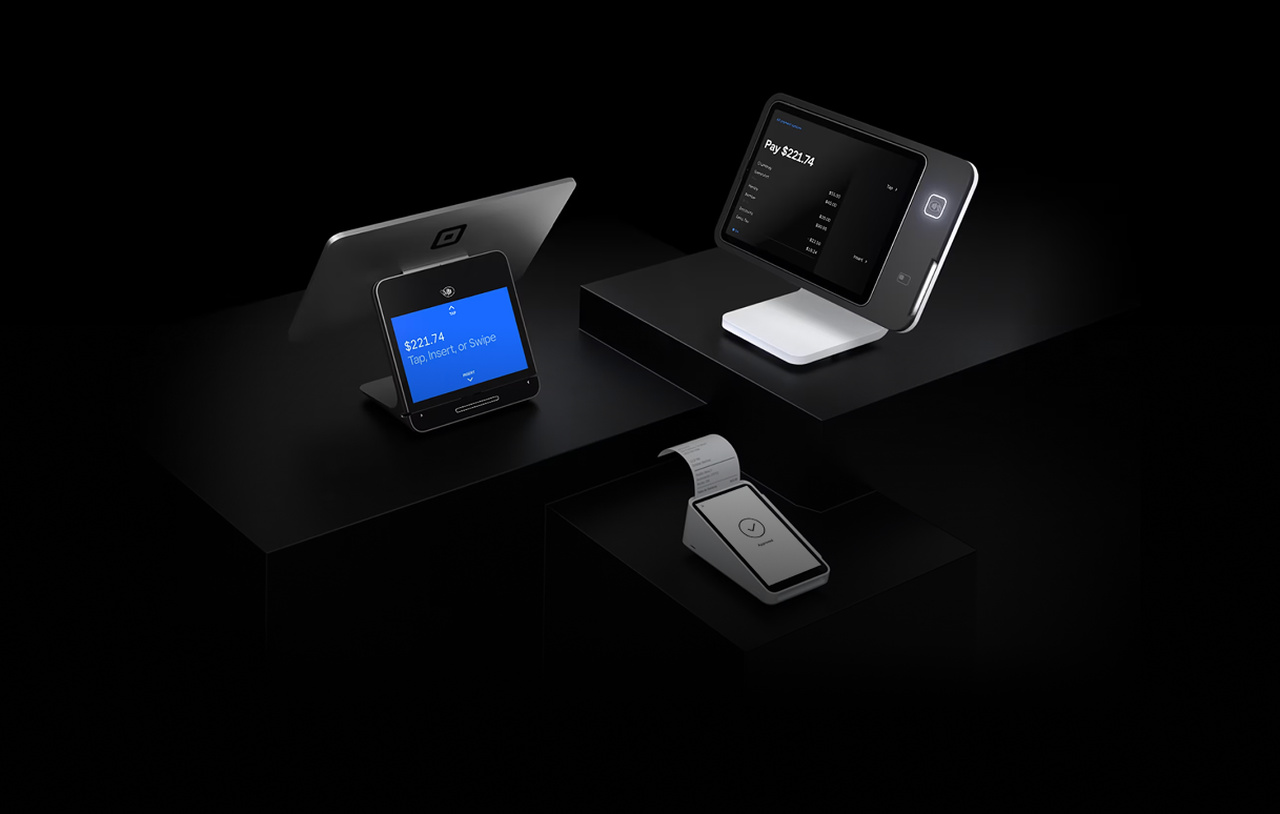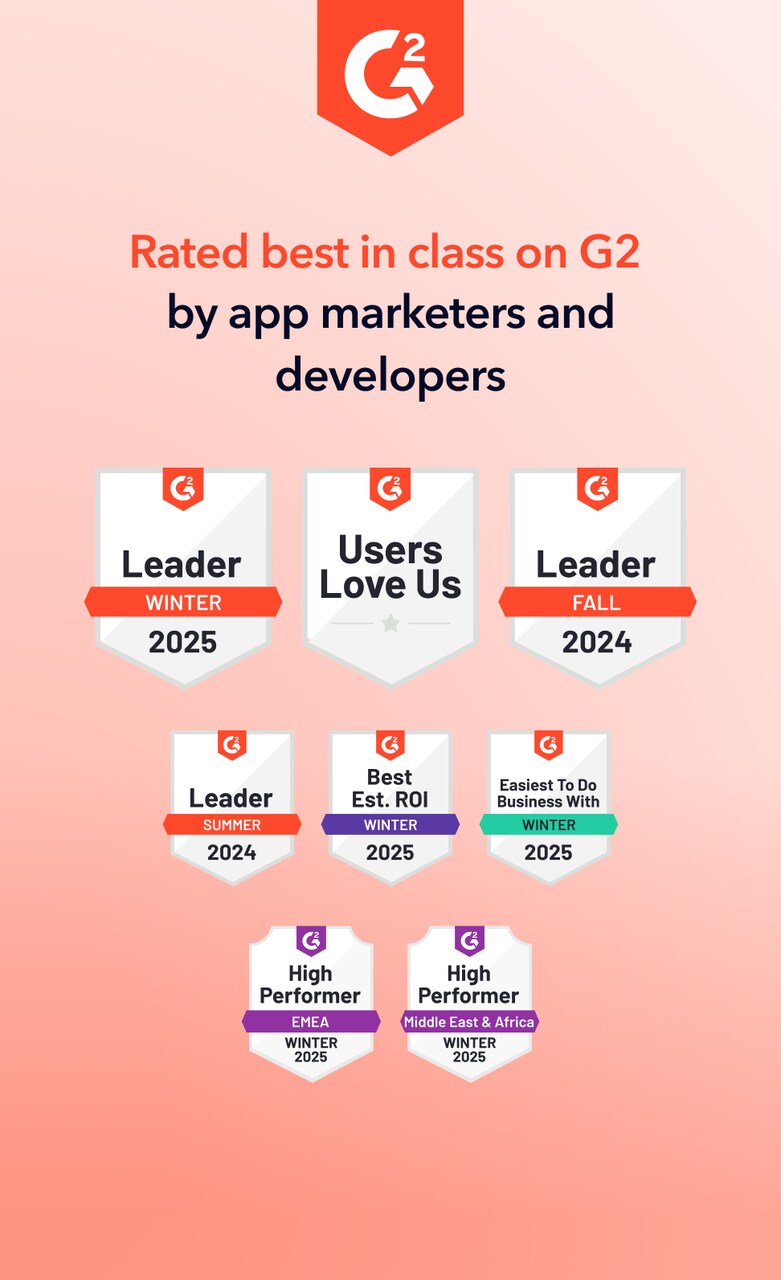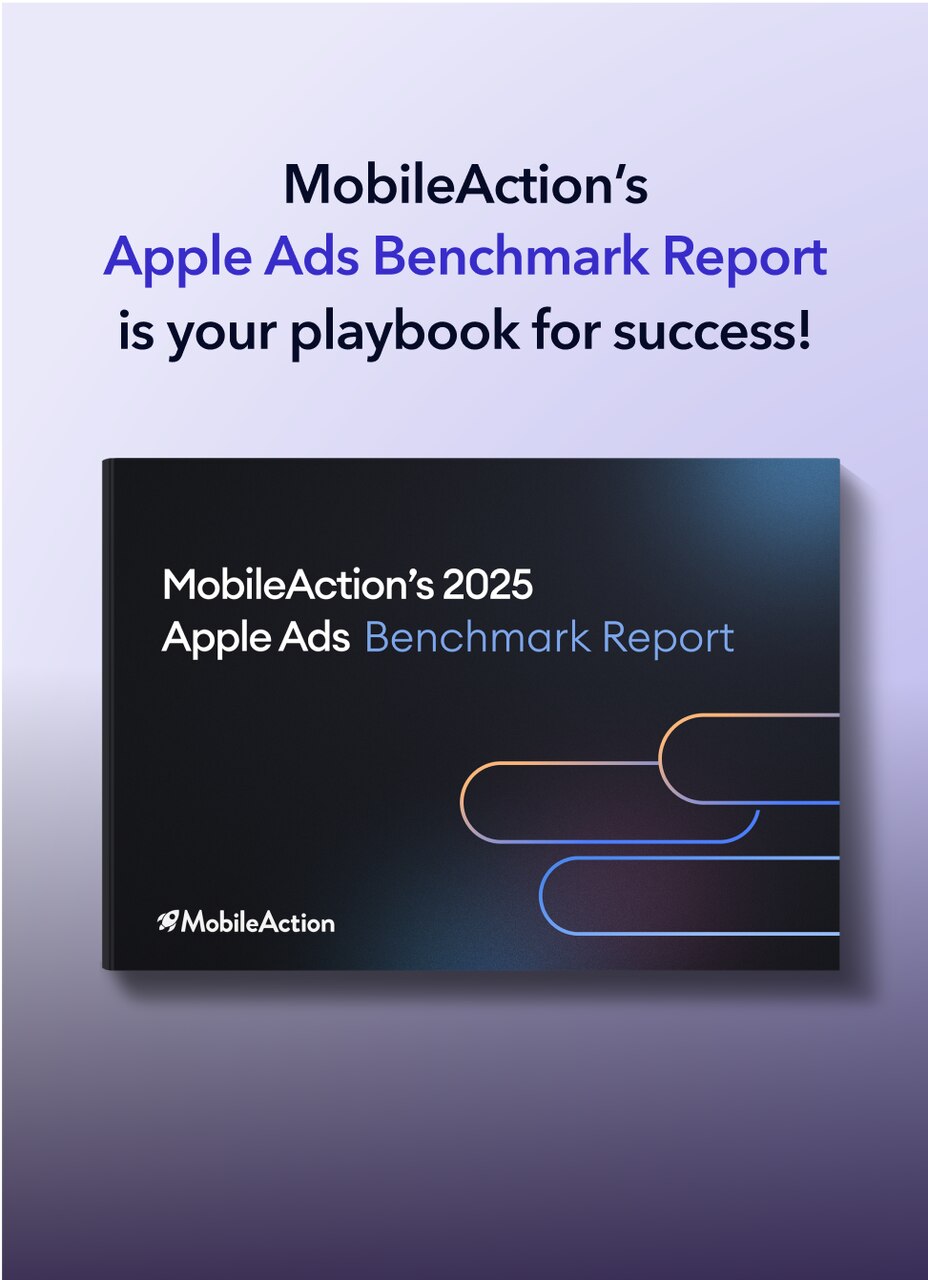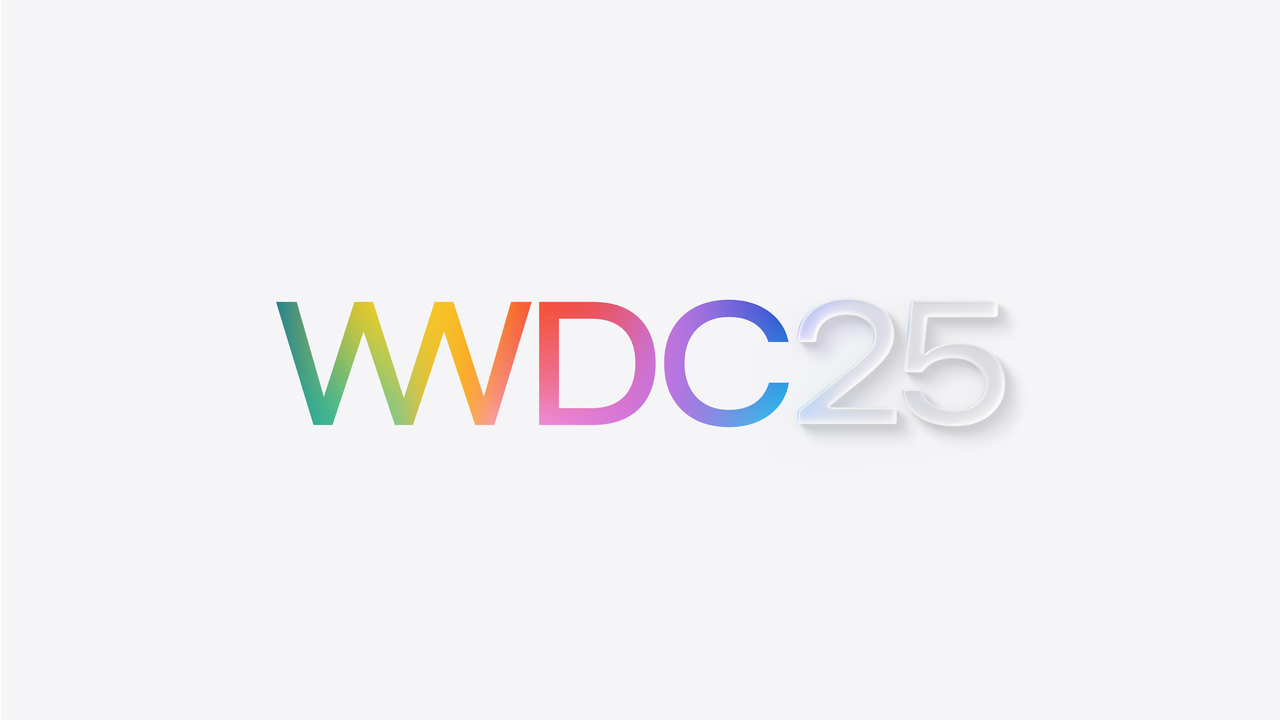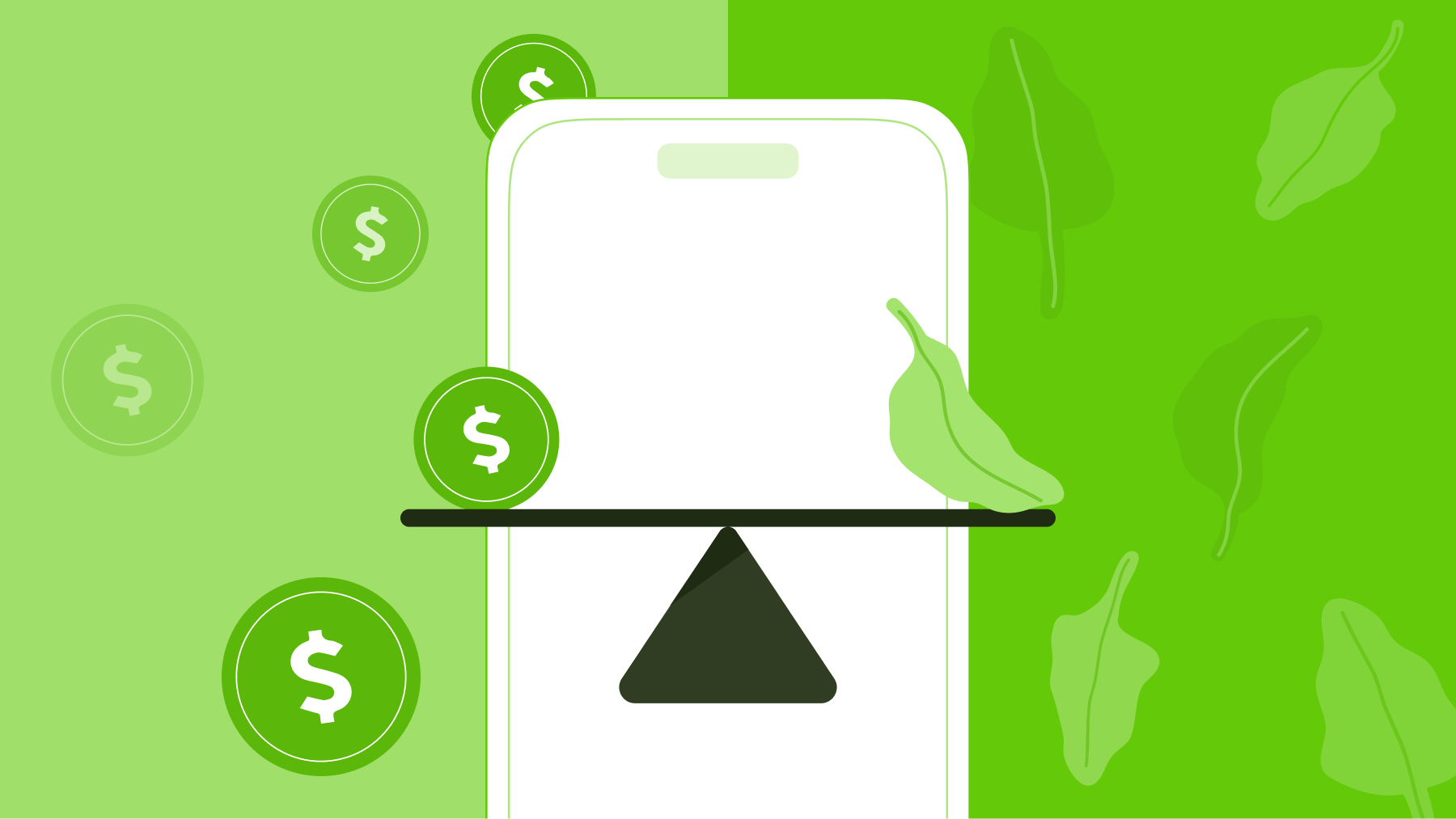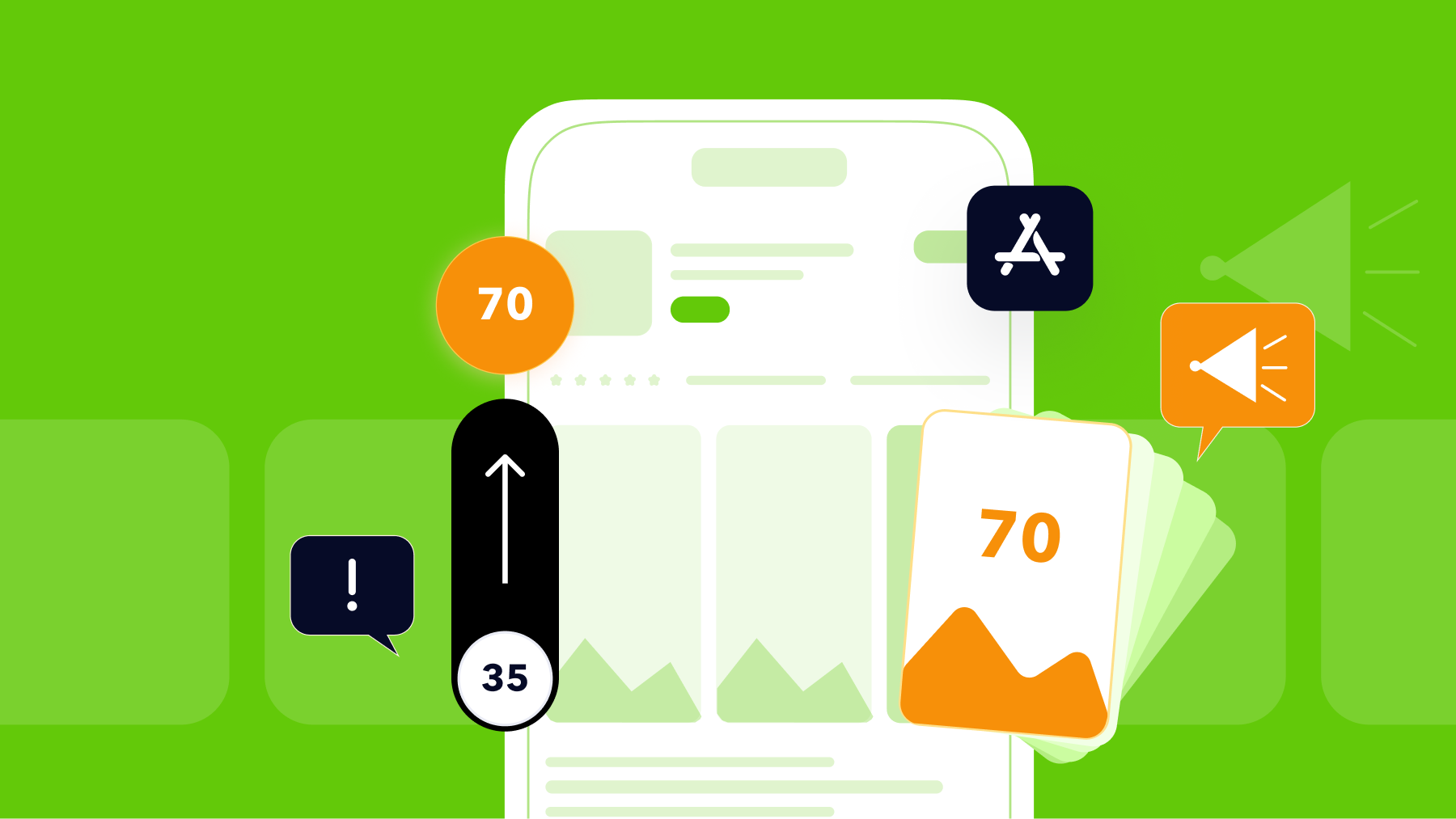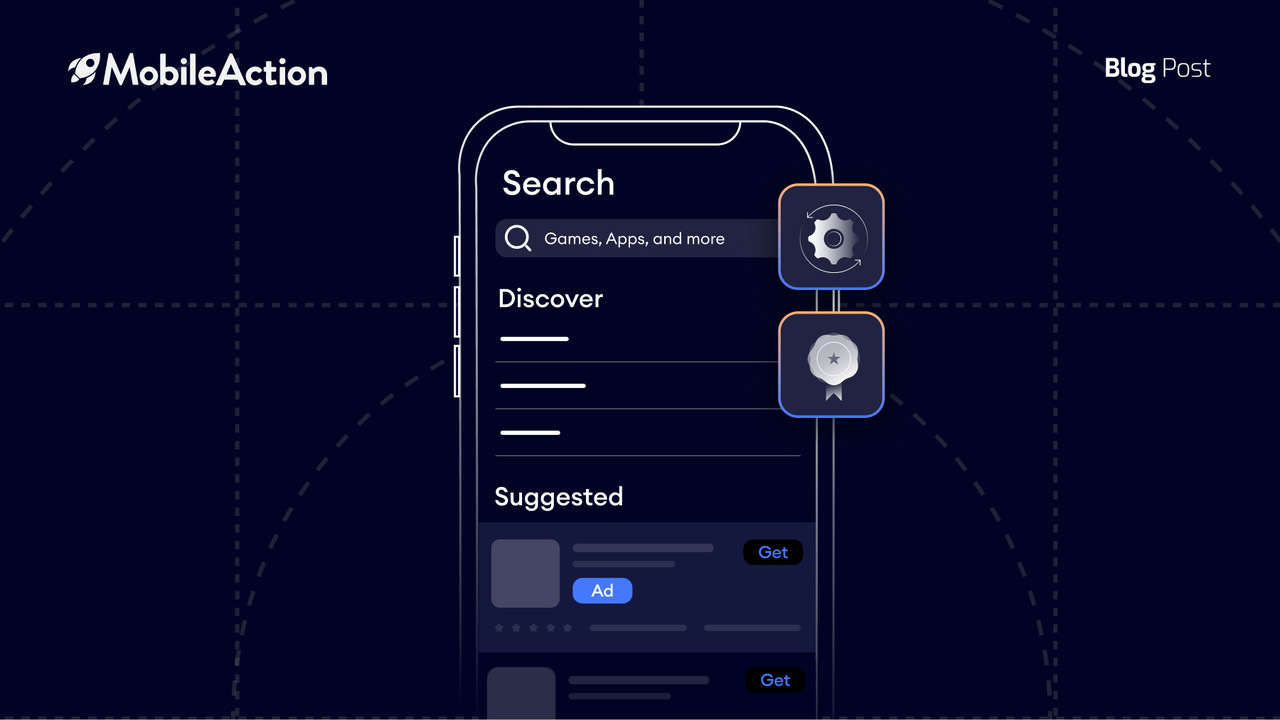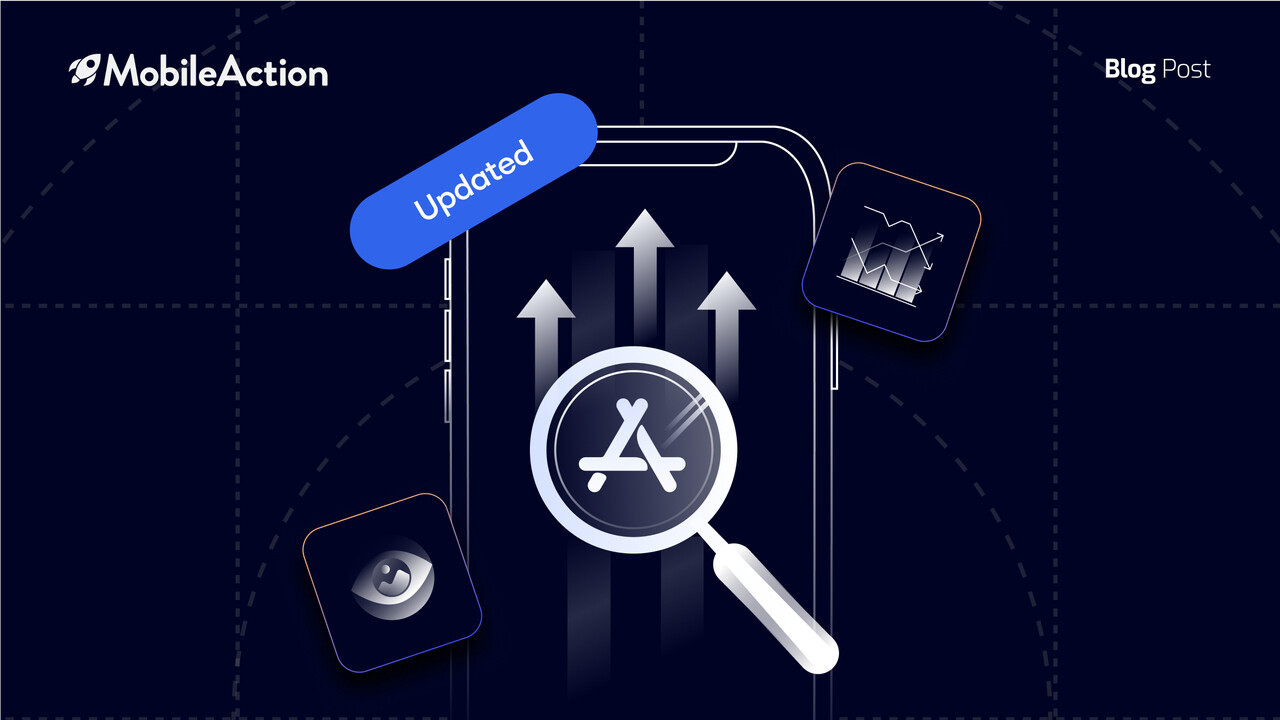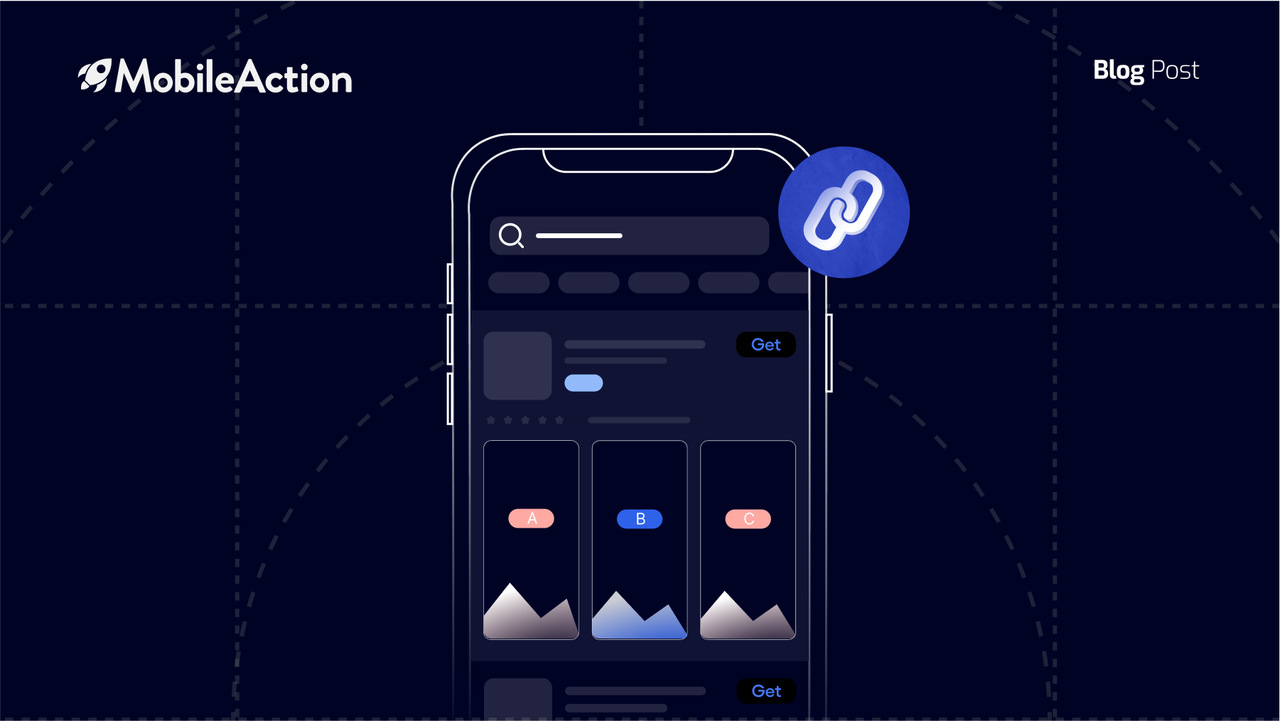Earlier this month, Apple wrapped up their WWDC 25 – the annual opportunity to announce new and exciting product changes, whether it’s across Apple products (iPhones, iPads, or Apple Watch), new OS systems, or thrilling updates to App Store Connect bound to drive value for all UA practitioners and mobile app developers – and I, for one, am so excited about what’s to come!
No doubt we all have a lot of questions on the new updates, and for some of them – only time will tell what they’ll bring – but for now, we’ve shortlisted our top picks for the updates you should keep your eye on for driving visibility and conversions to your app:
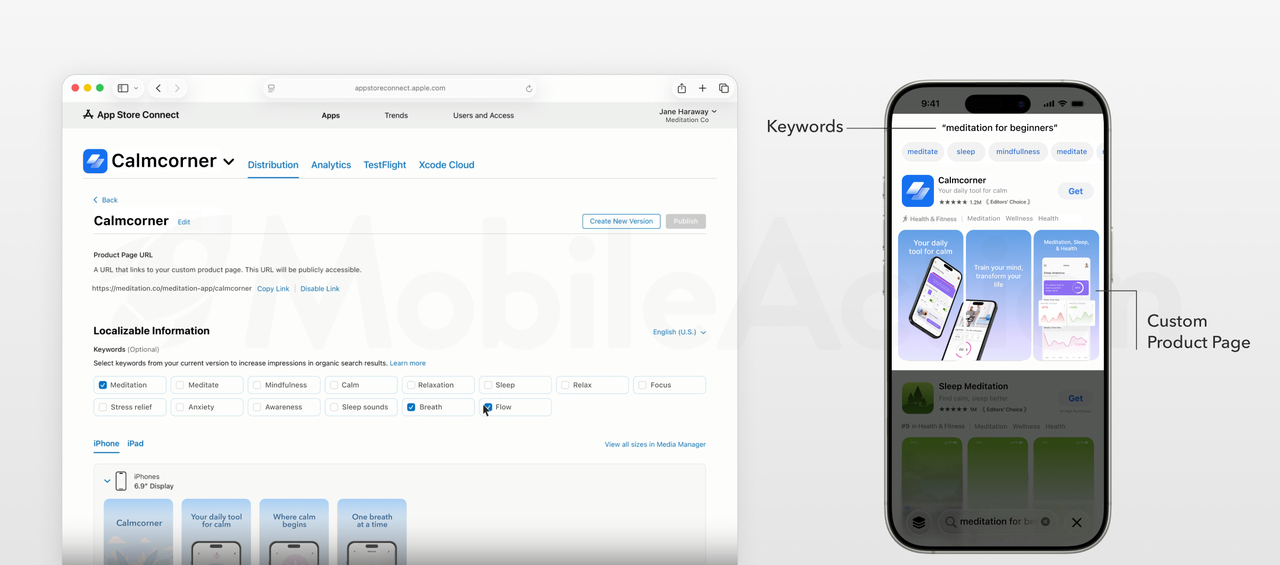
Custom product pages can be linked to organic keywords
What it is:
As Apple Ads get more sophisticated, custom product pages have become pivotal for mobile app marketers in tailoring creative to user intent.
With ads on the Search tab now supporting and deep links guiding users to pinpoint in-app destinations, custom product pages became more prominent within the Apple Ads platform, offering a highly personalized user acquisition experience.
And soon, developers will be able to assign organic keywords to custom product pages in App Store Connect, meaning custom product pages can now appear in organic search results.
Why it matters:
A game changer. Custom product pages are shifting from being converting assets only and will act as a discovery real estate in top-of-funnel.
Imagine an app like Netflix creating distinct custom product pages for movies, live events, and TV shows – each with its own unique cohort of users. Layer onto this each custom product page having its own Apple Ads ad group and creative set flowing into it, and you’ve got a winning strategy.
Marketers can build micro funnels now.
Top tips from the MobileAction Team to leverage custom product pages with organic keywords:
- Segment Users Wisely: Be strategic: which user segments matter most to you? Perhaps longtime power users produce better LTV—but new users produce more volume. Create keywords and copy for each group, send Apple Ads traffic accordingly, and measure which funnel wins. MobileAction’s dashboard will show you custom product page-by-custom product page ad performance, so you’re not guessing.
- Higher Control: You get to experiment in-market—test conversion rate, retention, and even in-app purchase behavior—layering those insights into your organic strategy. And unlike web funnels, this one is fully integrated into the App Store ecosystem.
- A/B Test to Identify High Performing Creatives: Use MobileAction’s new CPP A/B testing tool to understand high performing creatives more likely to draw better results – use these creatives to inform both your Apple Ads & Organic strategy to create a seamless user experience
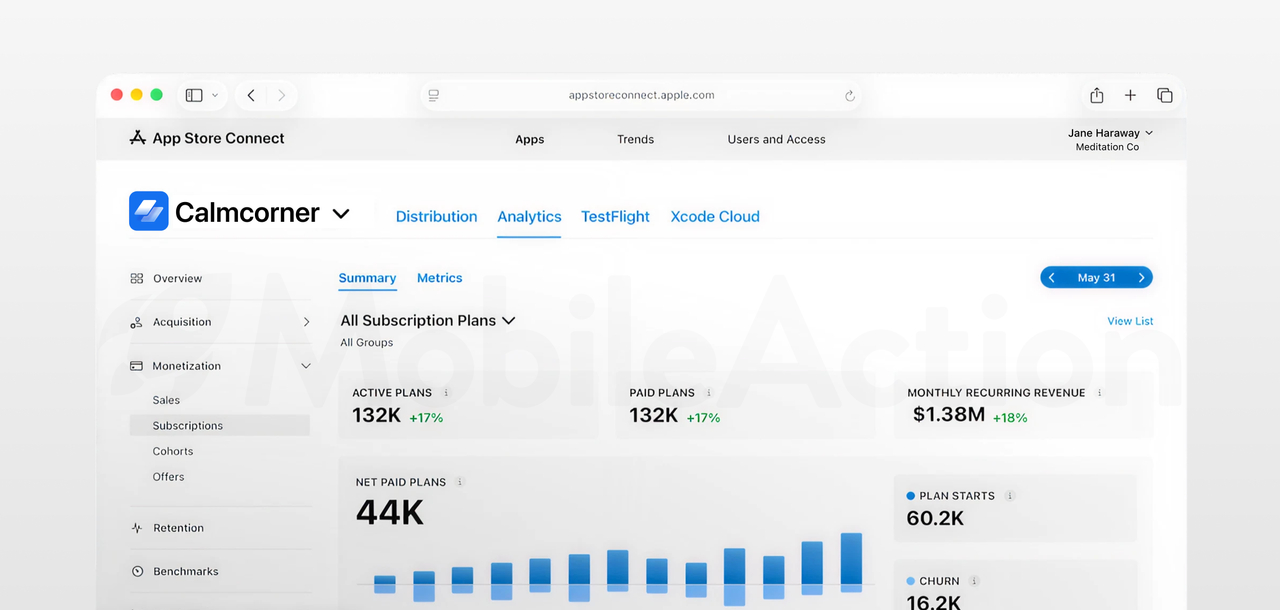
More than 100+ new App Store Connect metrics
What it is:
Developers will get a deeper insight into how their users behave after the install.
A major update to App Store Connect will introduce over 100+ new metrics, including cohort-based ones such as “download to paid conversion” and “average proceeds per download,” with more flexible filtering and a new subscription analytics page providing more than 15+ new metrics.
That means new data points covering everything from trial starts to renewals, now visualized by user state or event, all while maintaining the privacy of your app’s users.
Why it matters:
App Store Connect has generally never been the first place UA teams turn to for revenue or retention insights—but all that might be about to change. This shift signals Apple is taking monetization measurement more seriously, especially for indie teams who may not be using MMPs or don’t have the bandwidth to implement detailed custom events.
With clearer views into how users convert and what they’re worth over time, UA teams can now map App Store behavior to downstream performance in a genuinely actionable way.
It’s also a wake-up call to align upper-funnel strategy (your Apple Ads, your custom product pages) with real, in-market value signals.
Top tips from the MobileAction Team to leverage the new App Store Connect interface as soon as it arrives:
- Bridge the funnel: Use these new cohort metrics to validate your media efficiency. Are those “productivity pro” custom product pages leading to higher average proceeds? Now you can prove it—directly in App Store Connect.
- Refine creative by revenue: Don’t optimize for installs only. Marry your best-performing creatives or in-app events promos to the purchase conversion data available through this new update. Let user value—not just conversion rate—lead the way.
- Support for lean teams: This is your moment if your team doesn’t have advanced analytics infrastructure. Use App Store Connect as your growth engine and decision-maker. You’ll still get a data-rich look without needing an MMP setup.
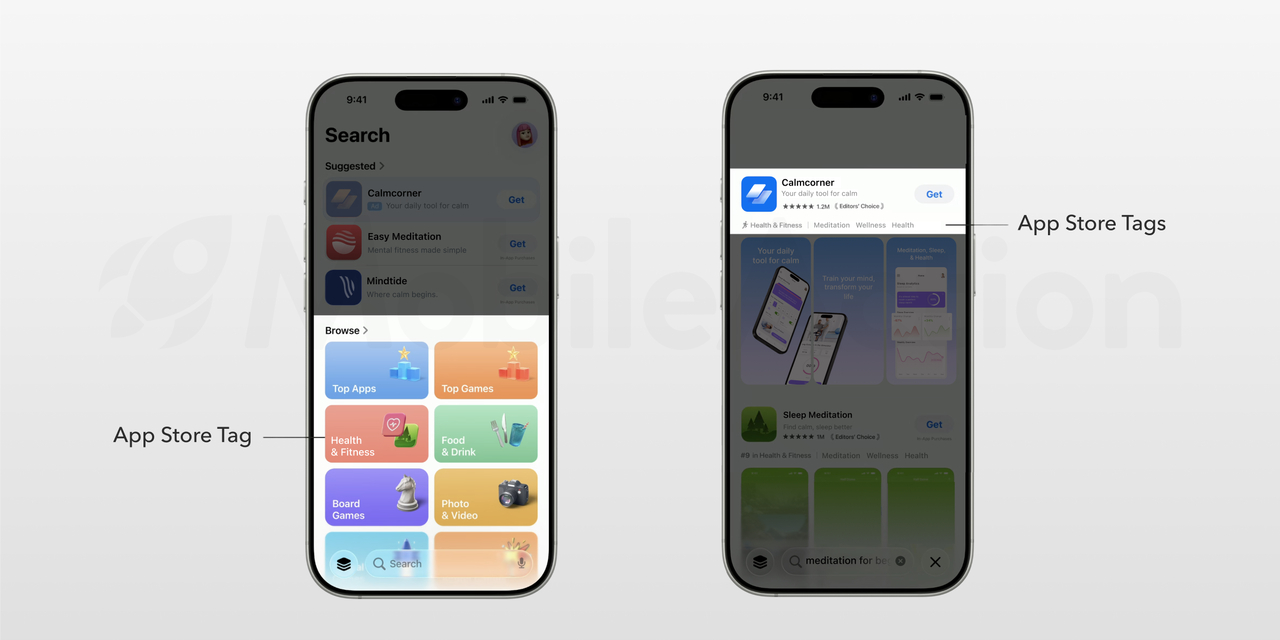
Tags set to enhance the search and browsing experience
What it is:
Apple announced that tags will now be auto-generated and inserted for every app on the App Store, using a Large Language Model (LLM) based on app metadata, followed by a review of App Store editorial team members.
Tags will appear as tappable chips in search results and on product pages within the App Store – driving discovery via shared attributes. You’ll see tags like “budget planner,” “offline map,” or “multiplayer” automatically applied.
Developers can request the removal of a tag from their apps by deselecting the specific irrelevant tag on App Store Connect.
Why it matters:
It’s a whole new discovery layer that lives alongside traditional keyword search. Imagine someone casually browsing “mindful morning” apps and landing on yours, even if your title is something like “Morning Routine Tracker.”
Tags also connect greater control to drive intent-based conversions as developers can shape their app’s contextual associations (as long as the screenshots, metadata, and product pages reflect them, too).
Top tips from the MobileAction Team to leverage tags on the App Store:
- Tag management: Audit tags weekly and disable irrelevant or underperforming ones.
- Creative updates: Update screenshots/metadata to lean into strong tags (e.g., “voice notes”) for both ASO and Apple Ads relevance. For example, you can use data on tag exposure and correlate this with your Apple Ads performance – seeing, for instance, how users served under the “budget planner” tag convert on Apple Ads.
- Data sync: Target campaigns to users browsing tag-specific collections: higher engagement and conversion potential. Cross-reference Apple Ads performance to tag visibility and boost budget toward campaigns aligned with your most effective tag and creative combinations. It’s like reverse-engineering, where your best quality users are coming from and doubling down.
Summarized user reviews
What it is:
Apple has officially introduced app review summaries: short (100-300 character) AI-generated blurbs highlighting common themes and sentiments from recent user reviews. They’ll appear on your app’s product page (once you’ve collected enough reviews) and are now visible in App Store Connect, along with metadata like the last refresh date and a way to flag inaccurate summaries.
Why it matters:
Review summaries are the App Store’s way of offering users a faster, more digestible read on your app’s reputation. For user acquisition teams and developers, review quality now impacts first impressions more than ever. One or two unhappy reviewers might skew perception. Equally, solid sentiments on UX or reliability can shift install decisions heavily.
Top tips from the MobileAction Team to maximize summarized user reviews:
- Get strategic with timing: Prompt reviews right after value-packed app moments or when users complete milestones. Use MobileAction’s sentiment analysis to spot emerging complaints before they get summarized on the App Store.
The New Standalone “Games” App
What it is:
Apple is launching a dedicated and pre-installed Games app on iOS, designed to complement the App Store and Game Center. Think of it as a new social discovery space for mobile gaming, organized around five tabs: Home, Play Together, Library, Arcade, and Search.
These will surface everything from in-app events to evergreen content and introduce new features like Challenges and Activities that let users compete with friends by completing missions or topping high scores.
Why it matters:
This is Apple’s clearest move yet to give mobile games their own identity within the iOS ecosystem. It’s no longer just about visibility in the App Store—it’s about engagement, retention, and re-engagement within a gamified, friend-fueled environment. And that means new real estate for discoverability.
For UA teams, this opens up a fresh layer of organic reach. You’re no longer limited to the App Store’s homepage or curated collections—this is a whole new channel with a daily-use potential for players.
If adoption scales (and let’s face it, a pre-installed app usually does), being featured in the Games app could have the same impact as a front-page feature—except with a more loyal, gameplay-focused audience.
Top tips from the MobileAction Team to leverage the newly introduced Games app:
- Lean into community mechanics: Design content that supports Challenges—think repeatable, friend-versus-friend events or leaderboard-driven levels. It’s a re-engagement machine if done right.
- Be early, be everywhere: Start tracking your presence within the Games app the moment it launches. Monitor how your titles surface under each discovery tab. Optimize your product pages and in-app events to reflect the social angle this app is banking on.
- Unify your acquisition + reactivation strategy: Pair Apple Ads placements that drive new installs with in-app promotions (like offer codes or special in-app events) triggered in the Games app. Sync your messaging so users feel continuity across touchpoints.
Promo codes for in-app purchases
What it is:
For the first time, promo codes can be tied directly to in-app purchases. Developers can now generate offer codes for any type of in-app purchase—whether it’s a subscription, a consumable, or a one-time unlock. App Store now provides the ability to create up to 10 active offers per in-app purchase and issue up to 1 million codes per app per quarter. More so, redemption rules can be personalized based on user behavior, such as whether they’ve purchased before or recently lapsed.
Why it matters:
Think of this as the missing link between engagement and acquisition – opening the door for advanced re-engagement and monetization strategies.
Practitioners can now craft segmented win-back campaigns using tailored in-app incentives without being limited to subscriptions. It’s a new lever for UA teams to reduce churn, boost LTV, and add depth to post-install journeys. Think: targeted email campaigns tied to promo code drops or pairing Apple Ads retargeting with personalized offers. The potential to combine acquisition with lifecycle marketing just got a significant upgrade.
Top tips from the MobileAction Team on how to use in-app purchase promo codes:
- Get Tactical: Design promo campaigns mapped to user engagement moments, then use MobileAction’s tracking to connect promo-code redemptions to Apple Ads keyword behavior, install spikes, and in-app actions. The result: clean attribution, measurable ROI, and scalable creative hooks you know work.
Afterthoughts – smaller updates that still pack a punch:
- App Icon Glass Design: Icons get an upgrade to have a polished glass-like look. Worth testing subtly in icons-first categories or creative-heavy campaigns to make your app look up-to-date.
- Visual Intelligence – Tap-To-Search on Screenshots: Screenshot strategy got a glow-up, too. With the new “tap-to-search” functionality, users can now interact with embedded text in your visuals—turning strong screenshots into instant organic queries.
Bottom line: WWDC 2025 launched the future of app store marketing. App marketers and developers have to think deeper: blending ASO, Apple Ads, UA, and in-app experience into one cohesive strategy. We’re getting all the necessary tools. We need to connect the dots between organic intent, paid targeting, and post-install value.
With MobileAction, you’ve already got the scoreboard, the lens, and the means to turn experimentation into insight. And if you need any help, our team full of mobile growth experts can guide you along the way. Let’s make this year the year mobile UA goes full funnel. Shall we?


